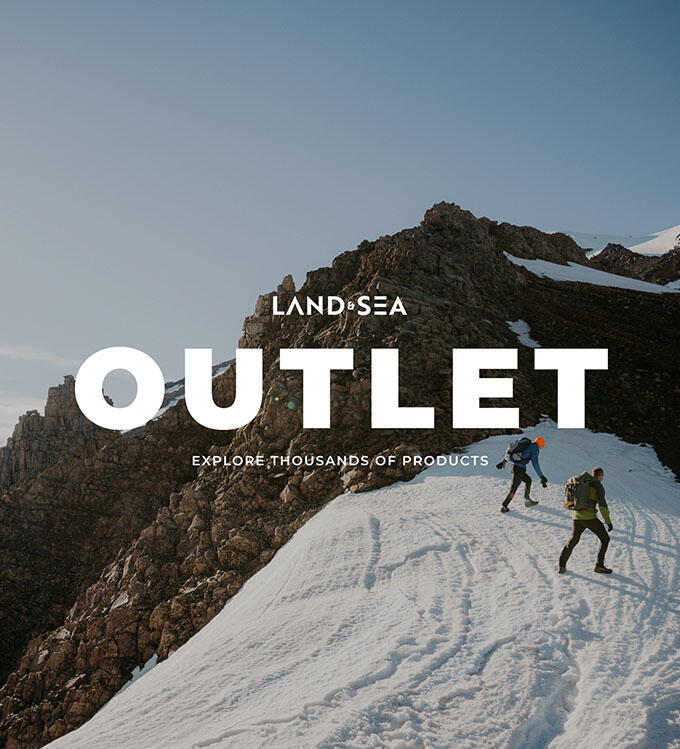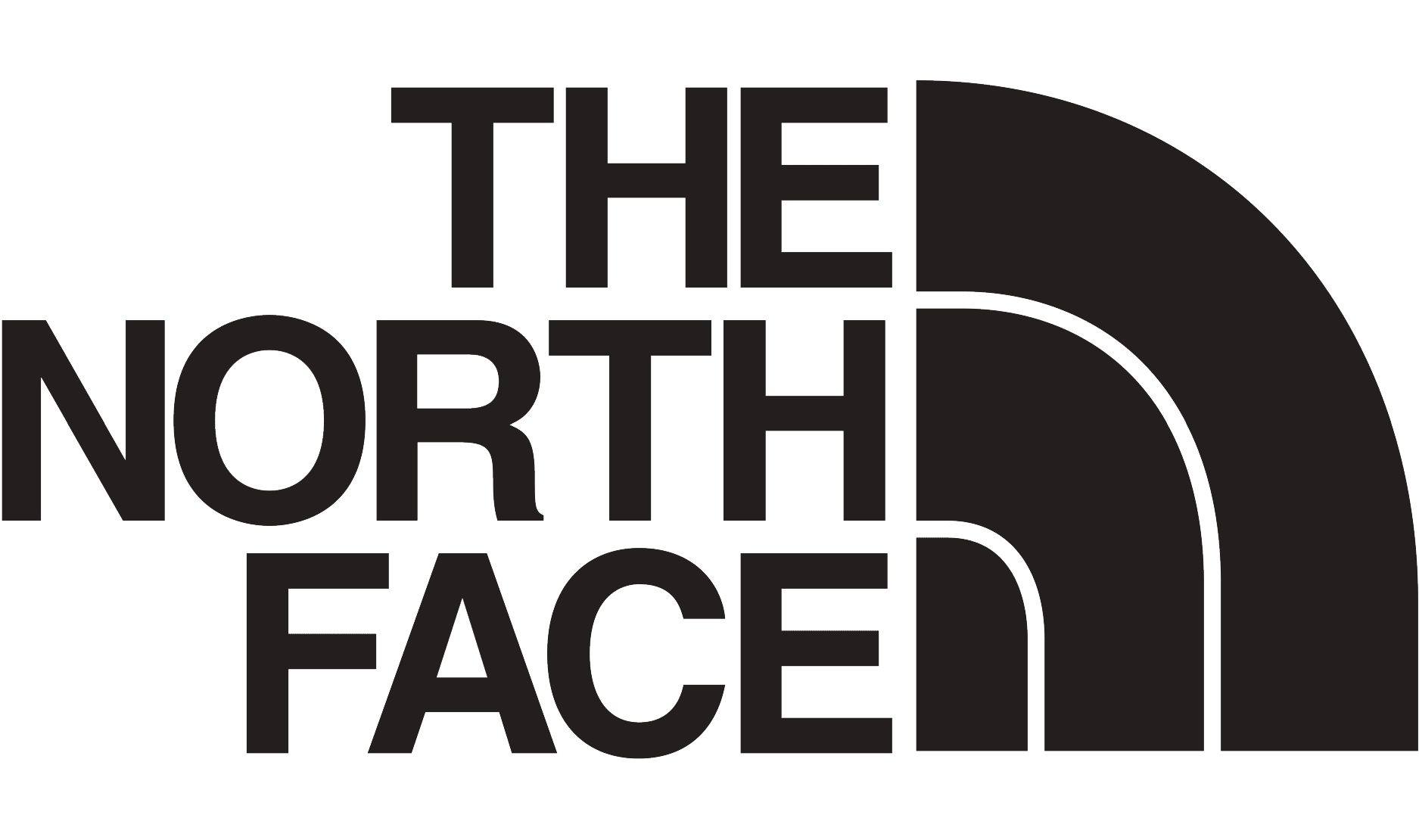How to Choose the Best Tent for your Next Adventure
Adventure camping with family or friends is often a water cooler conversation here at the Land & Sea office. These conversations often get a little heated when the topic of equipment is raised in particular ‘The Best Adventure Tent’. Escalating quickly, it’s not uncommon to see several of the team presenting to each other the pros & cons in the boardroom.
I’ve noticed one common theme starting to pop up in the last little while however and that is a growing love for Orson not only as a brand but as a trusted adventure tent. In light of this new information, I thought we would share some of the must have’s that have come out of these discussions as well as provide you with a handful of the best options for your next adventure.
- How to choose a camping tent that is right for you
- Best accessories for your tent
- The best hiking tents of 2024
How to choose a camping tent that is right for you
This starts off with one very simple question; how many people do you need to sleep in the tent itself? When choosing your tent, first choose a model that is within your size requirements. This is generally very simple with all of the major tent brands such as Orson, MSR, Coleman, Kiwi Camping, The North Face & more using a naming metric that will outline the tent capacity. For example, the Orson Hopper 2 or the Orson Nomad 3 clearly outlines a 2-person & a 3-person tent.
When evaluating your required tent capacity there are a few things to consider. Firstly we suggest assuming a close fit. If you are concerned at all about space or you don’t want to feel claustrophobic our immediate advice is to upside by 1 person. In our experience, these are the main things you need to consider:
- The size of the people within the tent
- Your general sleep behaviour; Do you toss & turn at night?
- How well do you sleep in a confined space
- Do you intend to bring a small child or a dog with you on your adventure?
- How claustrophobic are you?
Size matters, don’t believe the lies… and in NZ, so does seasonality. We live in one of the most hard environments in the world. Considering rain, wind, snow, heat & UV; Camping in New Zealand puts your gear to the test. In global markets, the most popular adventure tents tend to be 3 season tents which provide adequate protection during the Spring, Summer & Autumn months. More popular in the New Zealand market are 3-4 season (light winter capabilities) & genuine 4 season tents which are built tough for variable conditions.
Let’s start with 4 season tents. Built to withstand strong winds, snow & rain there is a reason that 4 season tents are the most popular tents in New Zealand. Often referred to as mountaineering tents these tents can be used all over the country and withstand everything that NZ has to give. As a general rule of thumb these tents use more materials than 3 season tents; for example heavier fabrics & more poles however this is where quality brands such as Orson come into the picture.
Finding the perfect adventure tent in New Zealand is a balancing act. We want to find high-quality materials, keep the pack weight down & find a price point that suits your budget.
Now this required a full round table with our expert camping team. For many of them their preferred form of adventure is hiking or family camping therefore we were not short of opinions. As we navigated through several flat white coffees a clear pattern emerged. With the evolution of camping technology, many of the best options available in the NZ market do not necessarily cost the earth. Gone of the days when you need to purchase a tent north of $1000.
So without boring you any further; here are our top hiking tents for 2024.
Now a little birdy has told us this is the most popular hiking tent in NZ but we will let you be the judge of that! Designed for year-round use the Nomad 3 uses high-quality waterproof PU4000mm fly & a heavy-duty 150D PU 10,000mm Floor. Weighing just 3.3kg the Nomad is easy to carry around & comes fully equipped with a unique compression carry bag which simplifies the repacking.
In our humble opinion, there is a reason this hiking tent is so popular. It’s the perfect balance between durability, size & cost. Providing many of the benefits of a $1,000 tent for a fraction of the cost.
Key Specs:
- Capacity: 3-4 people
- Colours: Orange or Olive Green
- Fly Measurements: 225cm (+ 90cm vestibule) x 210cm x 120cm
- Inner Measurements: 220cm x 205cm x 115cm
- Outer Fly: 68D 210T Ripstop Polyester, PU 4000mm, taped seams
- Inner: 68D 185T BR, WR Polyester and fine mesh
- Floor: 150D Oxford Polyester, PU 10,000mm, taped seams
- Poles: 8.5mm Aluminium 7001 T6 x 2
- Pegs: 17.5cm Aluminium stakes x 12
- Carry Bag: Compression carry bag
- Packed Size: Approx. 43cm x 16cm diameter
- Packed Weight: 3.3kg (everything included)
When it comes to a hiking tent that pushes the boundaries of it’s more expensive counterparts; it’s the Orson Tracker 2 Ultralight tent. Generally, half the price of a similar quality tent the Tracker 2 has an impressive pack weight of only 1.7kg. Durability & strength is not compromised with 20D ripstop fly & PU 3000mm coated & tapered seams. Costing only $449 this in our opinion is the best value for money ultralight tent on the market.
Not only is this sub $500 tent an ‘All Season’ option making it perfect for NZ weather conditions but offers double entry, near-vertical walls & roomy vestibules. The Orson Tracker 2 offers toughness, waterproof protection & in our opinion the most incredible usability.
Key Specs:
- Capacity: 1-2 people
- Fly: 68D 185T Ripstop Polyester, PU3000mm, taped seams
- Inner: 68D 185T breathable Polyester and fine mesh
- Floor: 68D 185T Polyester, PU5000mm, taped seams
- Poles: T7001 Aluminium 8.5mm poles
- Stakes: Aluminium Y stakes
- Fly Dimensions: 135cm width at head [105cm at foot] x 215cm + 65cm [vestibule] length x 100cm height
- Inner Dimensions: 130cm width at shoulder [100cm at foot] x 210cm length x 95cm height
- Packed Size: 40cm length x 15cm diameter
- Weight: 1.95kg
If you’re a lone ranger then you are in for a treat with the Orson Ace 1 ‘All Weather’ lightweight hiking tent. This one-person hiking tent sets the standard for 1 person tents that sit sub $300. Weighing in at a slim 2.15kg and packing a 4,000mm fly & 10,000mm floor respectfully this tent packs a serious punch. When it comes to battling NZ conditions we are big fans of ‘all weather’ adventure tents here at Land & Sea. Working off the principle that here in NZ you just never know, we reckon you are better safe than sorry.
Some of the best adventures are well off the beaten track. To get to these remote areas you need gear that you can trust, gear that is versatile & gear that doesn’t weigh you down. Sometimes it’s not always about breaking the bank but ensuring you don’t compromise too much. In our opinion, this is the perfect balance!
Key Specs:
- Capacity: 1 person
- Seasons: All seasons
- Colours: Olive Green or Orange
- Inner Measurements: 220cm x 81cm x 91cm
- Outer Fly: 68D 210T Ripstop Polyester, PU4000mm, taped seams
- Inner: 68D 185T BR, WR Polyester and fine mesh
- Floor: 150D Oxford Polyester, PU 10,000mm, taped seams
- Poles: Shock corded 8.5mm Aluminium 7001 T6 x 2
- Pegs: 17.5cm Aluminium stakes x 13
- Carry Bag: Compression carry bag
- Packed Size: Approx. 40cm x 14cm diameter
- Packed Weight: 2.15kg (everything included)
Camping Ground Sheets or Footprints: Also known as a ground cloth (generally sold separately) these go right under your tent floor. Now, tent floors can handle quite a bit, but with rocks, sticks, and dirt, they start showing wear and tear. Replacing a footprint is a lot cheaper than replacing a whole tent. And for big family tents that see a ton of comings and goings, having one of these is a real lifesaver. Plus, these footprints are cut to fit your tent's shape just right, so there are no hanging bits that can catch water and cause a soggy mess inside. You don't want water sneaking under your tent and soaking through the floor, do ya?
Tarp or Tarpaulin: We think a tarp is a quintessential addition to any campsite in New Zealand for several compelling reasons. Firstly, the unpredictable Kiwi weather can shift dramatically, and a tarp provides essential shelter from rain or harsh sun, ensuring a more comfortable camping experience. Additionally, it serves as a versatile tool, doubling as a groundsheet, windbreak, or even a makeshift dining area during inclement weather. Moreover, tarps are lightweight and easy to pack, making them ideal for outdoor adventures where space and weight are crucial considerations. It's a simple yet effective addition that saves you when you least expect it.
Other nice to have’s: Here’s a little list of other key accessories that we believe make an adventure that little bit easier. Some are more important than others but hey, take that from a bunch of outdoor enthusiasts who don’t like to be caught out.










